Charleston Currents #12.28 | May 25, 2020
SMELL THE PERFUME. The musky sweetness of Confederate jasmine seems to emanate from this photo sent in by reader Paul Stanley, who runs Core Enrollment Solutions in North Charleston. Thanks, Paul!
 TODAY’S FOCUS: A few life lessons for new graduates
TODAY’S FOCUS: A few life lessons for new graduates
COMMENTARY, Brack: Just wear the dang mask
IN THE SPOTLIGHT: Magnolia Plantation and Gardens
NEWS BRIEFS: State looks at stockpiling medical equipment again
FEEDBACK: Send us your thoughts
MYSTERY PHOTO: Another old image of an old building
CALENDAR: Catch some virtual art events at home
S.C. ENCYCLOPEDIA: Influenza pandemic of 1918
Support local, independent journalism
We’re proud to offer Charleston Currents for free. For more than a dozen years, we’ve been the go-to place for insightful information and good news about the Lowcountry. And we love it as much as you do. But now, we can use your help. If you’ve been thinking of contributing to Charleston Currentsover the years, now would be a great time to contribute as we deal with the crisis. In advance, thank you.
— Andy Brack, editor and publisher
A few life lessons for new graduates
By Reba Hull Campbell, special to Charleston Currents | When May 23 rolls around every year, I put aside all the other renowned celebrations that fall on the same day — Eliza Doolittle Day, Pick Strawberries Day, Buy a Musical Instrument Day, or Weights and Measures Day — and take a few minutes to appreciate May 23 as the anniversary of when I started my first post-graduation job. I like to call it my “adultiversary.”
May 23, 1983, was the day I walked into 123 Cannon House Office Building on Capitol Hill sporting big hair, a shoulder-padded power suit and aspirations to be a press secretary working for a freshman congressman from Florence.
Each year on my adultiversary, I’m grateful for the fact I was able to land my dream job as my first job. This year, however, this milestone feels a bit bittersweet as I see all the new graduates flooding the market with no jobs to absorb them.
This school year, I taught a University of South Carolina journalism class that prepared students for advertising careers. Each semester, I found myself not only teaching about creative briefs and campaign strategy, but couldn’t resist also throwing in some of my always-evolving top 20 career lessons.
Over the years, I’ve shared variations on these lessons with new graduates. Last year, I reflected how these lessons impacted my outlook as a rookie retiree. This year, I’ve tweaked them a bit to reflect the fact that 2020 graduates have a whole different set of challenges facing them. Regardless, the basics of these 20 lessons have been my touchpoints for many years. I hope they may provide some inspiration for the class of 2020 beyond the challenges they are facing today.
- Establish your personal brand. Decide what you want your reputation in the workplace to be, and let your actions define you. Keep promises and make deadlines. Under-promise and over-deliver. Avoid behavior in your personal life that could hurt your professional life (even more true today with all the risks of social media in the mix). Remember that details count, especially when getting the details right sets you apart from others.
- Cultivate strong writing skills. Solid writers are the people who strong leaders want around the leadership table with them. Be the one who colleagues seek to flesh out and articulate ideas clearly on paper with accurate spelling, grammar and punctuation.
- Keep up with the news every day. Read the newspaper, check news websites, podcasts and blogs, listen to NPR while you walk the dog between Zoom calls. Know what’s in the news about your organization or industry before your boss or client asks. Be able to discern the difference between facts and fluff in news reports.
- Seek a mentor. I’m guessing many busy professionals may say, “I don’t have time to be a mentor,” but most mentor relationships happen naturally rather than being established formally. Be on the lookout for them. I bet my best mentors probably don’t know they even served in that role.
- Plan the work before you work the plan. Having no plan gets you nowhere. Plans will change either by force or circumstance. Be flexible, but have a plan regardless of whether it’s a work project, a trip, a job search, a major purchase or an important life decision.
- Don’t pass up a chance to learn. Find out what your boss or leaders in your profession are reading (books, blogs, professional publications, websites). Seek professional development opportunities; pay for them yourself, if necessary. Join professional organizations and get involved.
- Go to your boss with a solution, not a problem. Your boss is solving problems all day. Make her life easier by presenting a solution when you present a problem. Even if it’s not the solution that ultimately solves the problem, presenting an idea for a solution keeps your boss from dreading the sight of you at the door.
- Write thank-you and follow-up notes (handwritten, not emailed). Collect business cards or contact info from people you meet at events, in meetings, or just out and about. A handwritten “nice to meet you” note will set you apart and help the people you meet remember you. Technology is good, but the personal touch still matters (along with good penmanship).
- Travel any chance you get. Travel to small towns and big cities across the country and around the world. Don’t put off travel. You’ll never tell your grandchildren about that great trip you didn’t take because you were too busy at work.
- Be interested and inquisitive. Ask good questions and ask them often. Young professionals have a great deal to offer a work environment. Speak up when you have something to offer, but remember to balance your enthusiasm with senior-level colleagues’ experience.
- Remember that everyone carries his own sack of rocks. You never know what type of personal issues the coworker who missed a deadline is dealing with at home or with his family.
- Get away from your computer and walk outside. Even if your desk is your lap on the couch right now, just walk around the block at some point a couple of times during the day. Your brain needs natural light and a whiff of fresh air, and your body needs to stretch.
- Stay in the loop, but avoid the gossip. Be a “boundary spanner”— someone who is respected and trusted by people at all levels of the organization. Just don’t be the one who everyone counts on to know “the dirt.”
- Look for “reverse mentoring” opportunities. You can be a resource to your older colleagues. Seasoned professionals can learn a great deal from their younger peers.
- Looking busy doesn’t equal being productive. The co-worker who crows about his heavy workload and long hours is probably much less productive than the one who is organized and prioritizes his days. This becomes especially true as #WFH looks to be a long-term reality.
- A good editor will make you shine. Don’t look at having your writing edited as you would look at a teacher correcting a paper. Editing is a collaborative process, and there’s always room for improvement in your writing.
- Don’t come to work sick. Especially now. No one appreciates the stuffy-nosed martyr. That’s why you’re afforded sick days.
- Cultivate contacts outside work. Your next job will probably come from someone you know through church, nonprofits, alumni groups, friends and professional organizations. Stay in touch with people you meet along the way. You never know who may be the connection to your next job.
- Take risks. It’s OK to mess up occasionally. No one can expect perfection. It’s OK to be a beginner. You can often learn more from mistakes than successes. Yes, really, you can.
- Strive for work/life balance. The “balance” will probably fluctuate daily, and it most certainly looks different in this COVID19 world, but keep focused on creative outlets, exercise and hobbies that let you have fun.
Maybe these thoughts will help others just starting out. I share them with huge thanks to all the bosses, mentors, friends, family, and colleagues I have had the privilege to work with and learn from over these 35+ years.
After more than three decades of working in politics, communications, management, fundraising and government relations, Reba Campbell is a rookie retiree deciding what she wants to be when she grows up while teaching at USC and freelance writing. Read more on her blog: http://randomconnectpoints.blogspot.com.
As more people stay home to deal with the coronavirus crisis, people are looking for things to do. You can find some fun things to do online in our calendar section below, but let us also encourage you to FORWARD your issue of Charleston Currents to your friends and encourage them to subscribe. It’s got a great price, as you know: Free! We hope they’ll enjoy our coverage.
BRACK: Just wear the dang mask
By Andy Brack, editor and publisher | The woman and her two children walked into the house, quickly closing the door because it was a blustery winter day. They arrived to celebrate a daughter’s birthday.
 The boy joined the other kids. The little girl, much younger, stuck near her mother. She was wearing a coat but had bare feet. Mucus bubbled around her nose. She was whiny. And obviously sick.
The boy joined the other kids. The little girl, much younger, stuck near her mother. She was wearing a coat but had bare feet. Mucus bubbled around her nose. She was whiny. And obviously sick.
Out of caution, I asked, “Did she get a flu shot?”
“No, we don’t believe in them.”
My head started to explode.
“You don’t, umm, believe in science? That the flu shot can prevent flu in a lot of people and make it far less bad for others?”
“No, we don’t think they work.”
The mother, now an elected official, soon admitted she and her husband actually had the flu a week earlier. When asked whether she might have given the flu to her children because they hadn’t been vaccinated, she seemed befuddled. And my head actually did explode.
Across the state and country, we’re having similar encounters today over whether to wear masks to protect people from coronavirus — even if the chance is they don’t have it and won’t get it.
Science clearly shows that common-sense strategies like social distancing and wearing masks make a major impact in curbing a pandemic. Had social distancing been in effect just one week earlier in March, new research shows an estimated 36,000 fewer people would not have died from coronavirus, according to The New York Times.
 What is absolutely confounding is when people won’t follow suggestions, conclusions and guidelines that work and are based in science because they simply choose not to believe in the results of science. Science is science. It is derived from conclusions rooted in data that can be replicated. Science is based on verifiable facts, not alternative realities created by beer goggles, political rhetoric and pink baby unicorns.
What is absolutely confounding is when people won’t follow suggestions, conclusions and guidelines that work and are based in science because they simply choose not to believe in the results of science. Science is science. It is derived from conclusions rooted in data that can be replicated. Science is based on verifiable facts, not alternative realities created by beer goggles, political rhetoric and pink baby unicorns.
Take the issue of whether to wear a mask in public. Masks are not comfortable. But science shows they reduce the risk of getting infected with the virus — and of spreading it.
Perhaps it should come as no surprise that whether one believes in wearing a mask in public is taking on a partisan edge. Republicans and Democrats aren’t diametrically opposed. A new HuffPost/YouGov poll finds about two-thirds of Americans say they wear a mask always or most of the time when in public and near people, such as when at a grocery store. Of the sample, 84 percent of Democrats said they wore masks always or mostly when in public and near people, compared to 66 percent of Republicans.
In South Carolina, reactions to coronavirus have taken a more partisan edge in an America increasingly rollicked by volcanic political division over the last decade. A new Clemson University Palmetto Poll based on data from a month ago shows more than three in four South Carolinians are at least moderately worried about the pandemic and its impact on their health. But 71 percent of S.C. Democrats say they’re somewhat or extremely worried they’ll get sick from the virus, compared to 37 percent of Republicans. There’s a similar split between black and white residents’ concerns.
The rate of the government’s response to the outbreak similarly split along party lines. “Republicans were more satisfied than Democrats regarding the U.S. government’s response (68 percent to 6 percent), are more likely to approve of Trump’s handling of the COVID-19 outbreak (86 percent to 3 percent), and are less likely to think Trump acted too slowly (18 percent to 97 percent),” according to a press statement about the poll.
Let’s not make coronavirus or wearing masks about politics. Science shows masks work. At least for now, they should be worn whenever you’re in close contact with anyone, particularly inside where air isn’t refreshed as much as outside. Use common sense, of course. In my office where few people actually enter, I don’t wear a mask. But when I shop and am exposed to others — just as they are exposed to me — I wear the dang mask. You should too.
Andy Brack is the editor and publisher of Charleston Currents and Statehouse Report. He is publisher of the Charleston City Paper. Have a comment? Send to: editor@charlestoncurrents.com
Magnolia Plantation and Gardens
 The public spiritedness of our underwriters allows us to bring Charleston Currents to you at no cost. Today we shine our spotlight on Magnolia Plantation and Gardens, founded in 1676 by the Drayton family.It has survived the centuries and witnessed the history of our nation unfold before it from the American Revolution through the Civil War and beyond. It is the oldest public tourist site in the Lowcountry and the oldest public gardens in America, opening its doors to visitors in 1870. Open 365 days a year, Magnolia offers its visitors splendid tours of nature and history and the role African-Americans played in the development of its award-winning Romantic-style gardens.
The public spiritedness of our underwriters allows us to bring Charleston Currents to you at no cost. Today we shine our spotlight on Magnolia Plantation and Gardens, founded in 1676 by the Drayton family.It has survived the centuries and witnessed the history of our nation unfold before it from the American Revolution through the Civil War and beyond. It is the oldest public tourist site in the Lowcountry and the oldest public gardens in America, opening its doors to visitors in 1870. Open 365 days a year, Magnolia offers its visitors splendid tours of nature and history and the role African-Americans played in the development of its award-winning Romantic-style gardens.
- Visit www.magnoliaplantation.com to learn how you can experience a complete plantation experience.
- Click here to learn about events and what’s new.
- To meet all of our underwriters,click here.
State looks at stockpiling medical equipment again
Staff reports | South Carolina no longer stores medical equipment like masks and gowns, but some in Columbia want to revive a stockpile following the struggle to obtain vital supplies in the pandemic, according to a Friday news item in sister publication Statehouse Report.
Gov. Henry McMaster’s AccelerateSC team heard from committees this week that recommended a 28-day, $16.7 million stockpile. The question of a stockpile came up again Thursday among a group of state senators discussing policy aimed at rebuilding South Carolina.
The state does not currently have any stockpile in place, according to a spokesman at the S.C. Department of Environmental Control (DHEC), and it is unclear when it ended. Most medical equipment funneled through DHEC and county emergency departments has come from donations or a federal stockpile. Medical providers, from hospitals to nursing homes, have had to rely on what they could purchase on the open market, according to organizations. Read more.
In other recent news:
![]() Pregnant inmate shackling banned. McMasterlast week signed into law a measure proposed by S.C. Rep. Nancy Mace, R-Daniel Island, that bans the practice of shackling pregnant inmates in labor or bonding postpartum. It also requires all prison facilities to have menstrual products available to menstruating inmates, and to offer those products for free to those who cannot afford them. “Recent years have seen the cause of Criminal Justice reform become a non-partisan issue, with the left and right coming together to seek justice and show compassion,” Mace said in a statement. “Federal and state laws are moving on this issue, and I’m heartened by how my colleagues here have acted.” Read the bill here.
Pregnant inmate shackling banned. McMasterlast week signed into law a measure proposed by S.C. Rep. Nancy Mace, R-Daniel Island, that bans the practice of shackling pregnant inmates in labor or bonding postpartum. It also requires all prison facilities to have menstrual products available to menstruating inmates, and to offer those products for free to those who cannot afford them. “Recent years have seen the cause of Criminal Justice reform become a non-partisan issue, with the left and right coming together to seek justice and show compassion,” Mace said in a statement. “Federal and state laws are moving on this issue, and I’m heartened by how my colleagues here have acted.” Read the bill here.
New poster. Lowcountry Local First has a new poster available for download, print and display to help instill trust and confidence as businesses reopen. Download a free 8.5×11″ or 11×17″ poster and fill in the blanks in a way that makes sense for your business.
Charleston summer day camps to begin. City of Charleston summer day camps provided by the Recreation Department are scheduled to begin June 15 and run from 9 a.m. to 5 p.m. Drop-off hours will be from 8:30 a.m. to 9:00 a.m., and pick-up will take place from 5:00 p.m. to 5:30 p.m. Drop-off and pick-up will occur outside of each facility and each camp will have a site-specific drop-off and pick-up routine in place. The camps will operate under strict social distancing protocols, according to a news release. Email questions here.
First Arthur, more on the way. Tropical Storm Arthur, which brushed the S.C. coast last weekend, was the first named storm of the Atlantic hurricane season. This week, the National Oceanic and Atmospheric Administration predicted a busy hurricane season with possible three to six major hurricanes. The official storm season starts June 1 and ends Nov. 30. Read more.
- Have a comment? Send to: editor@charlestoncurrents.com
Got something to say? Let us know by mail or email
We’d love to get your impact in one or more ways:
Send us a letter: We love hearing from readers. Comments are limited to 250 words or less. Please include your name and contact information. Send your letters to: editor@charlestoncurrents.com. | Read our feedback policy.
Tell us what you love about the Lowcountry. Send a short comment – 100 words to 150 words – that describes something you really enjoy about the Lowcountry. It can be big or small. It can be a place, a thing or something you see. It might be the bakery where you get a morning croissant or a business or government entity doing a good job. We’ll highlight your entry in a coming issue of Charleston Currents. We look forward to hearing from you.
Another old picture of old building
Here’s another old, somewhat blurry, image of an old building in what obviously is the Lowcountry (witness the Spanish moss). Where is it? And for the bonus, what importance does it have? Send your best guess to editor@charlestoncurrents.com. And don’t forget to include your name and the town in which you live.
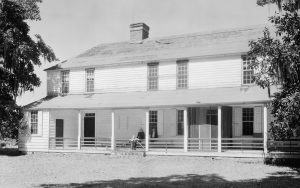 Our previous mystery, “Old picture of old place,” showed Middleburg Plantation in a Library of Congress photo from the 1930s. Middleburg, located near Huger on the Cooper River in Berkeley County, is reportedly the oldest wooden house — circa 1697 — south of Virginia.
Our previous mystery, “Old picture of old place,” showed Middleburg Plantation in a Library of Congress photo from the 1930s. Middleburg, located near Huger on the Cooper River in Berkeley County, is reportedly the oldest wooden house — circa 1697 — south of Virginia.
As sleuth Allan Peel of San Antonio, Texas, shared, the privately-owned French-style farmhouse is a National Historic Landmark. “The mystery photo was created in January 1938 by Frances Benjamin Johnston, an early American photographer best known for her portraits and images of southern architecture in the mid-20th century. The original negative of the photo is currently housed at the Library of Congress. A historical review of the Middleburg Plantation here reveals that Marie Guerin Ball Dingle owned the property from 1927 to 1963. As such, I would guess that one of the two female adults sitting on the porch in the photo would have been Marie Guerin Ball Dingle. If your readers are interested in learning more about this house, and getting an indoor tour of some of its original features, check out Bob Vila’s Tour of Middleburg Plantation house on Youtube here.”
Others who correctly identified the photo were: Naomi Blumenthal of Greenwood Lake, N.Y., Marnie Huger of Richmond, Va.; George Graf of Palmyra, Va.; Chris Brooks of Mount Pleasant; and Don Clark of Hartsville. Thanks, all!
- Send us a mystery: If you have a photo that you believe will stump readers, send it along (but make sure to tell us what it is because it may stump us too!) Send it along to editor@charlestoncurrents.com.
Catch some virtual art events at home
![]() The City of Charleston’s Office of Cultural Affairs offers a way for you and your family to stay engaged with the arts from home through its One Charleston list of offerings. Check out how you can celebrate Spoleto at Home, through June 7:
The City of Charleston’s Office of Cultural Affairs offers a way for you and your family to stay engaged with the arts from home through its One Charleston list of offerings. Check out how you can celebrate Spoleto at Home, through June 7:
Spoleto at Home offers17 days of virtual programming that you can enjoy from the comfort and safety of your own living room! Tune in for original concerts, best-of Chamber Music hits, and insightful conversations with Festival artists. All programs are free to experience; no tickets required.
Also on the calendar:
Critter Calls. The South Carolina Aquarium has this new offer designed to make the ubiquitous virtual meeting a bit more fun. Critter Calls provides a 15-minute appearance by one of the Aquarium’s ambassador animals. More.
Gibbes Museum. You can enjoy lots of local art offerings through the website and social media accounts of the Gibbes Museum. AT 10 a.m. on weekdays, the museum posts virtual readings and workshops on Facebook. Find more online.
Charleston Museum. You can have all sorts of fun and learn something too by visiting the museum virtually. More info: Charleston Museum.
Brookgreen Gardens. The Murrells Inlet gardens have a new set of activities, #BrookgreenAtHome, that you can do, well, from home. The staff offers materials, directions and examples. Post to social media with the tag when done.
Avian Conservation Center. Access videos and live streaming presentations online to learn about what’s going on at the Center for Birds of Prey.
-
- More. You can visit 500 museums across the world online through this Google amalgamation of sites.
Online jazz: Forte Jazz Lounge in downtown Charleston is offering music enthusiasts the chance to watch live shows online through virtual ticketing with suggested donations of $10. The feed starts about 15 minutes before shows. When the virus scare is done, all donors will be invited to a big party blowout at the club with the Joe Clarke Big Band. Learn more.
Aquarium online. The S.C. Aquarium is expected to offer a daily Nature Challenge, a virtual “Passport to Fun” and a “Moment of Zen” starting this week online. It also offers daily education classes at 10 a.m. and 2 p.m., Monday to Friday, via its virtual network. Learn more.
-
- Read here to learn more about the Aquarium’s new Solo Sweep Challenge litter clean-up effort.
Virtual tours: Bulldog Tours is providing virtual tours of the city of Charleston daily at 2 p.m., according to sister publication Charleston City Paper. So far, tours have been to Washington Square, Fort Lamar and the old City Jail. Learn more.
Plugged In To History. Middleton Place offers this new digital content portal that offers streamed content on living history, heritage breeds, crafts and even past drinks and social practices (appropriately on Friday at 5 p.m.). More.
- If you have any online events, drop us a line (editor@charlestoncurrents.com) and make sure to put “Online event” in the subject line. Similarly, if you’ve got cool ideas for stuff to do while in isolation at home, send them our way.
Influenza pandemic of 1918
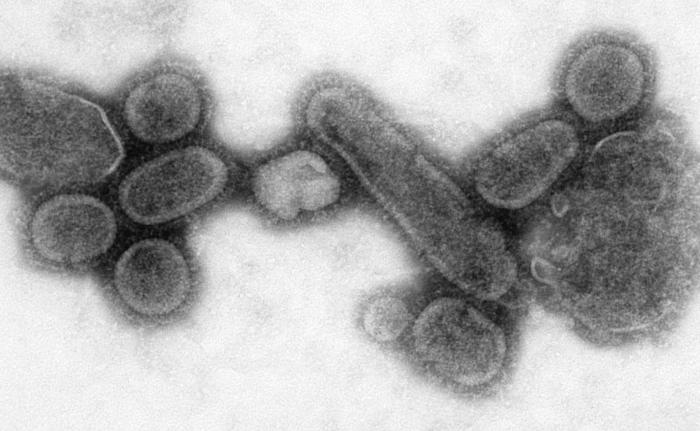
The image shows recreated 1918 influenza virions 18 hours after infection. Source: Wikimedia.
The influenza pandemic of 1918 infected approximately one-fourth of the population of the United States and killed an estimated 675,000. Globally, roughly 500 million people were infected, with a death toll estimated at between 20 million and 50 million. Influenza mortality rates in 1918 accounted for ten times the number of civilians and twice as many military personnel worldwide who died on all fronts during World War I.
South Carolina did not escape the pandemic. By October 15, approximately 50,000 cases had been reported within the state. By the time the epidemic receded, some 14,250 South Carolinians had died from complications associated with the influenza. The pandemic first struck during the spring of 1918 in the form of a mild flu. By autumn, the full brunt of the influenza arrived. Ninety-nine percent of deaths associated with influenza are caused by complications from pneumonia. In 1918 the mortality rate for influenzal pneumonia was sixty to seventy percent. From October 22 to December 31, 1917, thirty-nine cases of influenza were reported at Camp Jackson in Columbia, with no fatalities. In comparison, by November 30, 1918, officials recorded 8,255 cases of influenza within the camp, with 412 fatalities.
Influenza patients quickly overwhelmed the state’s meager medical system. On September 31, the Surgeon General’s Office in Washington authorized Dr. F. Simpson to take charge of South Carolina’s efforts to control the epidemic and appropriated funds to establish emergency hospitals and employ as many health officers as needed. Columbia had just 150 hospital beds in 1918, forcing the conversion of three buildings at the University of South Carolina into emergency hospitals to receive influenza victims.
Charleston was at significant risk from the flu due to its constant influx of military personnel. In response, Charleston’s Board of Health banned assemblies of more than five people and ordered all stores to close by sundown. The Citadel was also closed on September 30. From October 5 to November 6, the city health department counted 5,643 cases of influenza and pneumonia within the city limits, as well as 229 influenza-related deaths. In the upstate mill town of Clinton, approximately 600 people were affected, from a population of roughly 3,600. Influenza first appeared in Greenville on October 4 with an infection rate of 1,000 per day over the following four days. In Spartanburg, influenza first struck on September 20. Eleven days later, Spartanburg’s Board of Health closed all public gathering places.
Fortunately, by the middle of December, cases of influenza were quickly disappearing, and mortality rates fell back to normal by the beginning of 1919. The pandemic forced South Carolina, and the rest of the country, to reevaluate its public health organizations and better equip them for future public health crises. The pandemic, despite its horrific consequences, helped guide South Carolina toward a future of improved sanitation, increased public health care, and social awareness.
— Excerpted from an entry by Lisa J. Dimitriadis. This entry may not have been updated since 2006. To read more about this or 2,000 other entries about South Carolina, check out The South Carolina Encyclopedia, published in 2006 by USC Press. (Information used by permission.)
If you like what you’ve been reading, how about considering a contribution so that we can continue to provide you with good news about Charleston and the Lowcountry. Interested? Just click the image below.
OUR UNDERWRITERS
Charleston Currents is an underwriter-supported weekly online journal of good news about the Charleston area and Lowcountry of South Carolina.
- Meet our underwriters
- To learn more about how your organization or business can benefit, click here to contact us. Or give us a holler on the phone at: 843.670.3996.
OUR TEAM
Charleston Currents offers insightful community comment and good news on events each week. It cuts through the information clutter to offer the best of what’s happening locally.
- Mailing address: 1316 Rutledge Avenue | Charleston, SC 29403
- Phone: 843.670.3996
Charleston Currents is provided to you weekly by:
- Editor and publisher: Andy Brack, 843.670.3996
- Contributing editor, common good, Fred Palm
- Contributing editor, money: Kyra Morris
- Contributing editor, Palmetto Poem: Marjory Wentworth
- Contributing editor, real estate: Digit Matheny
- Contributing photographer: Rob Byko
SUBSCRIBE FOR FREE
Subscriptions to Charleston Currents are free.
- Click here to subscribe.
- Unsubscribe. We don’t want to lose you as a reader of Charleston Currents, but if you must unsubscribe, you will have to do it through the email edition you receive. Just go to the bottom of any of your weekly newsletters and click the “unsubscribe” function. If that doesn’t work, please send us an email with the word “unsubscribe” in the subject line.
- © 2008-2020, City Paper Publishing, LLC. All rights reserved. Charleston Currents is published every Monday by City Paper Publishing LLC, 1316 Rutledge Ave., Charleston, SC 29403.


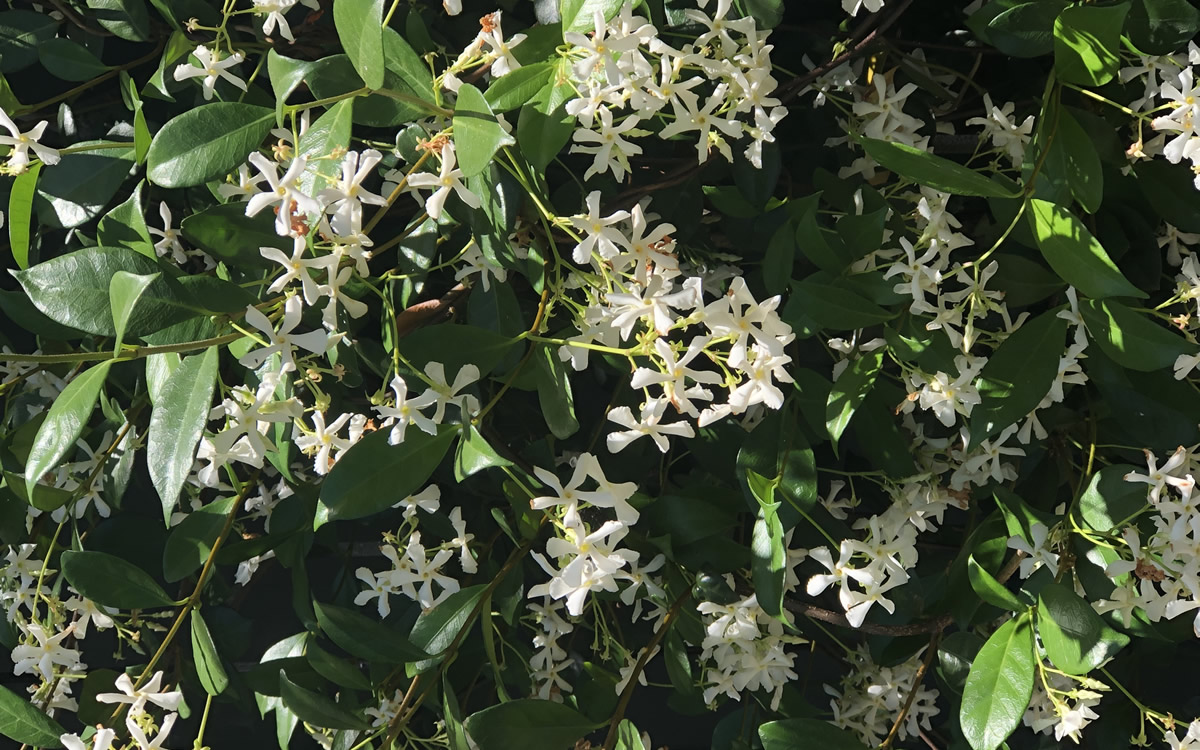



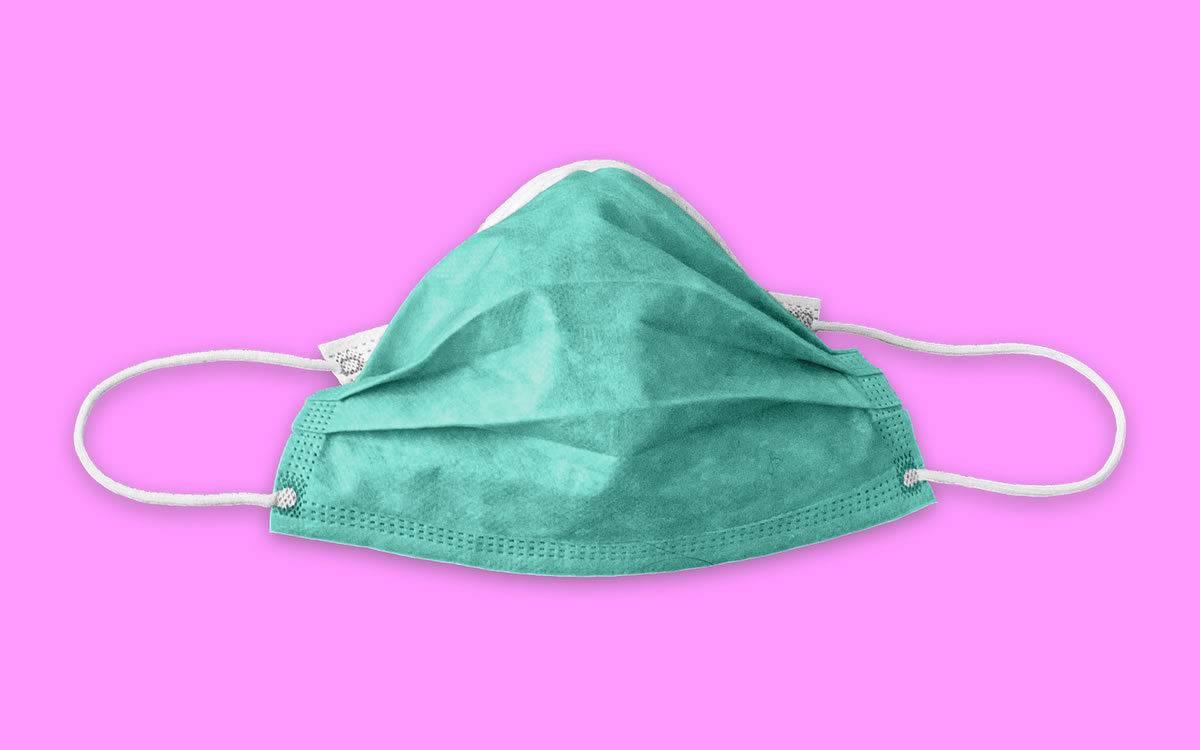
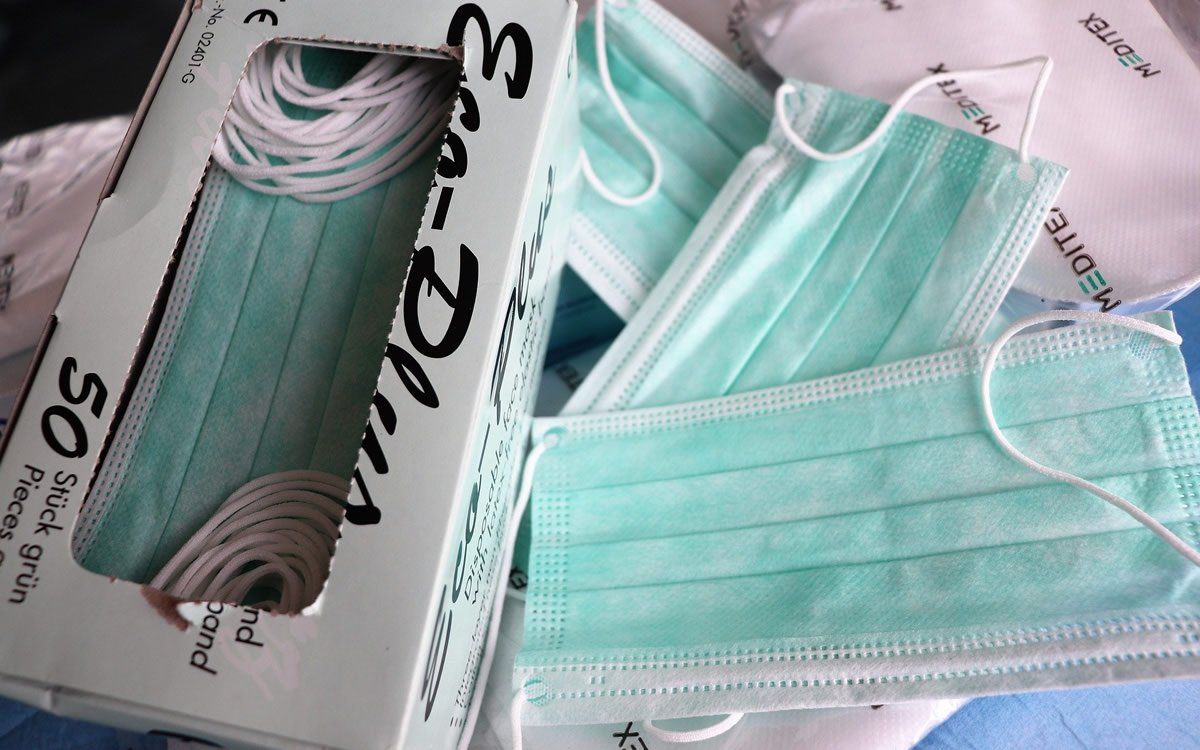
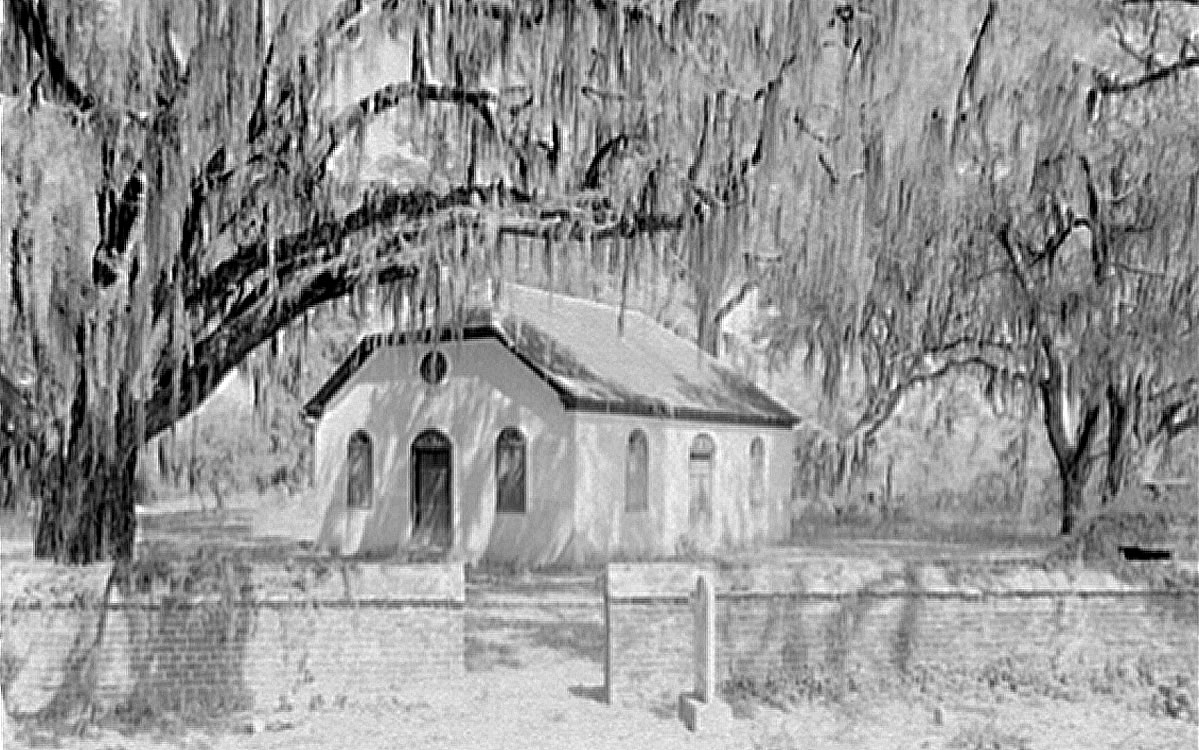

 We Can Do Better, South Carolina!
We Can Do Better, South Carolina!
























